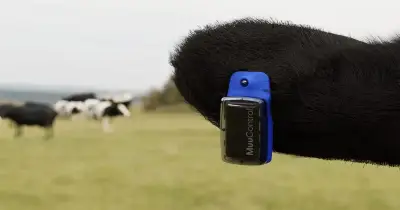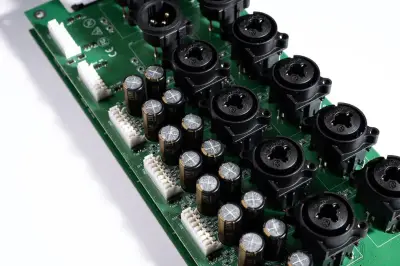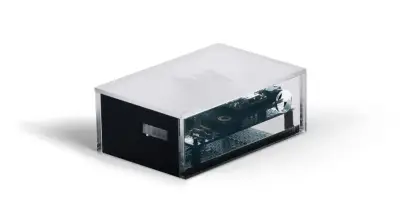City Mapping
C++ UI/UX Systems Engineering T&M Fixed PriceThe City Mapping project aimed to develop a geo-located 3D mapping system for roads, streets, and their surroundings. Utilizing a van equipped with multiple sensors—including three LiDAR sensors, a 360-degree camera, a GPS unit, and an onboard computer—the system collects point cloud and image data. This data is processed and integrated into 3D mapping visualization software, enhancing the accuracy and efficiency of urban surveying.

01
About the client
Compañía Industrial de Electricidad y Mecánica S.A. (CSI) is a leading Uruguayan company specializing in engineering, construction, and maintenance services. Founded in 1962, CSI operates across various sectors, including energy, telecommunications, and infrastructure, providing comprehensive project management from design to maintenance. Their extensive experience in large-scale public and private projects, along with a commitment to quality and sustainability, positions them as a key player in Uruguay’s infrastructure development.

02
About the problem
CSI sought to automate the surveying of public areas—such as signs, traffic lights, and trees—to improve efficiency and accuracy. Previously, this work was conducted manually by personnel walking through streets, which was time-consuming and prone to human error. The challenge was to create a system capable of performing these surveys from a moving vehicle, significantly reducing the time required while automatically detecting desired public elements with greater precision.
03
Working Methodology
Focus was responsible for developing the onboard software that communicates with and acquires data from the integrated sensors. Using the Robot Operating System (ROS) framework, Focus designed a scalable architecture with dedicated nodes to manage sensor communication, data transformation, and data fusion. The process included sensor calibration, data processing, and integration of data into the Orbit GT visualization software. Throughout the project, Focus employed an iterative development approach, collaborating closely with CSI to meet milestones and refine the system’s functionality.

04
The Solution
The solution involved developing a comprehensive software system on an industrial server installed in the vehicle. The system managed data from various sensors, including LiDAR and cameras, to create accurate 3D maps of urban environments. The software handled real-time data acquisition, processing, and storage, ensuring seamless integration with existing mapping tools. This approach enabled CSI to conduct efficient and precise surveys, reducing reliance on manual labor and enhancing data accuracy.
05
The Results
The City Mapping project successfully automated the surveying process for CSI, leading to significant improvements in efficiency and data accuracy. The system's ability to collect and process data from a moving vehicle reduced survey times and minimized human error. The integration of advanced sensors and robust software allowed for the creation of detailed 3D maps, supporting better decision-making in urban planning and infrastructure development. This project exemplifies Focus's capability to deliver complex, integrated solutions that meet client needs and advance technological innovation in infrastructure management.







